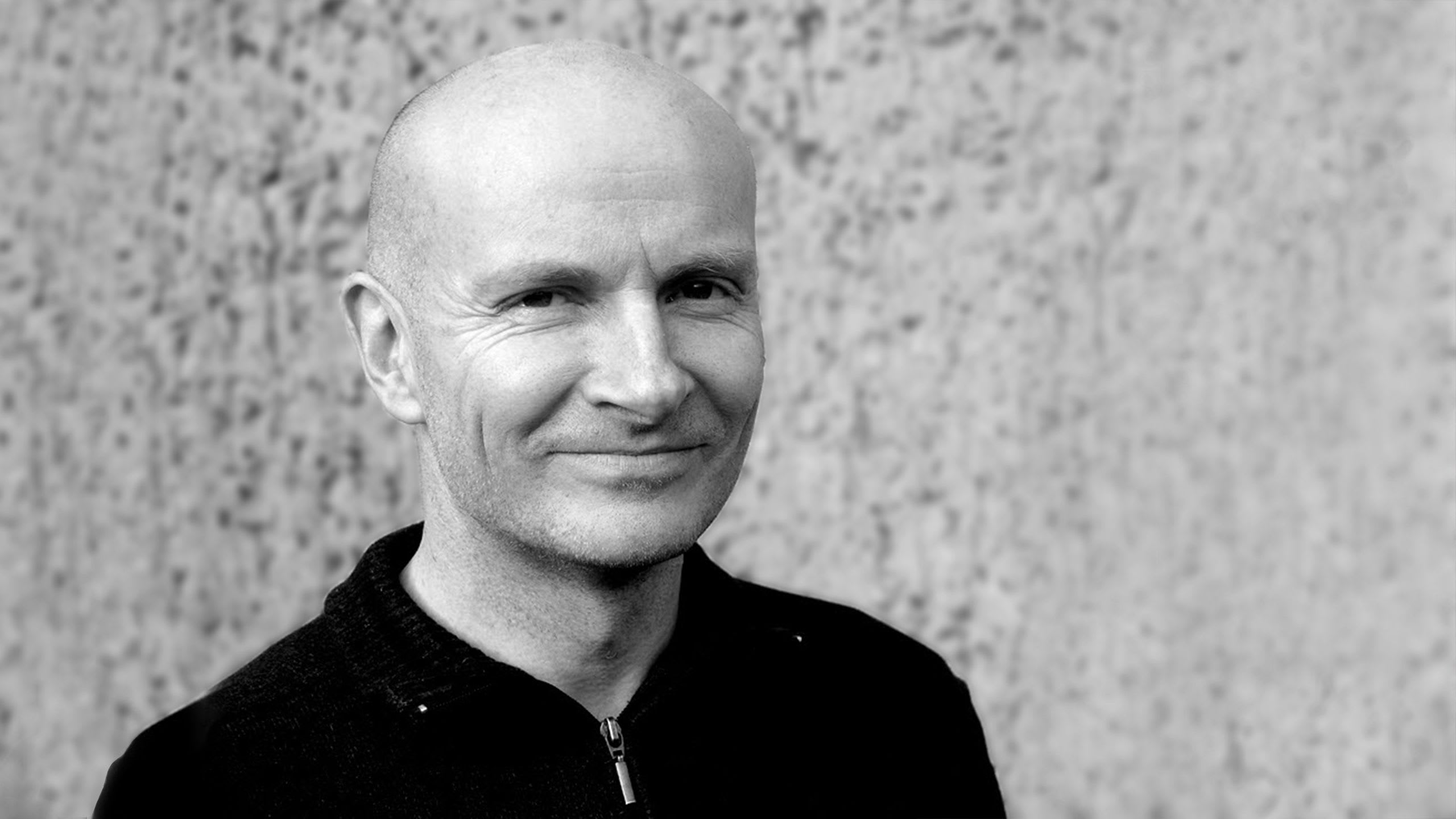As a relative newcomer to generative art, Steganon is bringing a fresh perspective to what can be done with the medium. He is a DevOps architect by day that is passionate about innovation and IT automation. I had an opportunity to chat with him about his upcoming Art Blocks project Autology.
Jeff Davis: Hello! It’s nice to speak with you. I know that your background is more technically oriented, but when did you realize you wanted to start making art?
Steganon: I enjoyed taking art classes many years ago, but the physical medium did not suit my talents. My background and skillset is very technical, and I have found that coding and programming can feel like an artwork. When I realized that people were making 1-of-1 art with a computer, I was pulled in. I've had many computer-related hobbies over the years, but creating generative art is one that truly brought emotion with it. I've always yearned to create something that others can enjoy. So, I was eager to try this out. I didn't expect much at first, since my programming expertise is in backend and infrastructure work, but I've pleasantly surprised myself. Now, any time I am not working or spending time with my family, I've been pouring my efforts into attempts at great generative art.

JD: So how did you get started with generative art?
S: I think it was around May when I really dove into trying to learn more about generative art. I was researching recent generative artists such as Manoloide and Jared Tarbell and diving into their code to learn more. My first NFT project was a derivative of Jared Tarbell's Sand Traveler which he authorized me to sell. I don't know if you realize it, but you were actually the first to purchase my NFTs! You bought five of my Friendly Abstractions for the ABSTRACT Vault in July.

JD: Yes! I made that connection a little while ago when I was sending out subscription NFTs from the ABSTRACT Vault. I guess I didn’t realize those were your first sales though, that’s cool. How did you make the connection between generative art and crypto art?
S: I started hearing a lot about NFTs on the news in March. It was probably all of the media coverage surrounding beeple. At that point, I didn't understand much about NFTs but I wanted to know what everyone else saw in it. A few weeks later, I found Art Blocks. Then, I truly began to understand the significance of generative art and how it melded so perfectly with crypto. Over my professional years, I've seen lots of technologies come and go, but tokenized art seems like it will be here to stay.
JD: How have you been evolving your creative practice as you go?
S: Being so new to this space, I'm constantly evolving and trying new things. One main thing that has changed is that I don't post a lot of works-in-progress on social media anymore. At first, each time I came up with something new and unique, I wanted the world to see it too and feel my joy. Looking back, I think people appreciate the final product much more without knowing what goes on behind the scenes.

JD: Any recent accomplishments you’d like to share?
S: I am very proud of my Flaming Tulips 1-of-1 release on Foundation. It is one of those pieces of art which you can't logically have variations of, so I took a long time curating the final product. The collector who bought it has since framed it and sent me a couple of beautiful photos. That really made my day.

JD: What is the inspiration behind your Art Blocks project Autology?
S: In college, I took a steganography course and learned how to hide messages within images. I found the concept so intriguing, and for my final project, I demoed hiding a copy of our source code within the image. Even though almost two decades have passed since then, the idea immediately came to mind when I came across generative art and I knew I had to incorporate it in my work. It took many more months to find the right aesthetic to complement the concept.
JD: Yes, I’m very interested in unraveling that layer of the project once it’s complete. What else should collectors look for in your project?
S: Look in both the positive space and negative space. Some of the pieces have a Rorschach feel to them. Symmetry and the flow of color play a big part in how you can interpret the output. Collectors are probably going to see a lot of figures and faces. I shared one of the early outputs in the Art Blocks Discord and I think I got at least five different comments on what it looked like.
JD: For sure, there will be a lot of different interpretations with these. Anything else people should know to better understand your art?
S: I want to push the boundaries of what technology can do for art. Some of my other artworks also contain hidden messages. Currently, special tools are required to see those messages, and I think that is part of the fun. If you are a coder, like me, you can treat some of my art as a puzzle—that is solvable with a little persistence.
JD: That’s great! And what’s the best way for people to follow your work and learn more?
S: I publish updates as they are available on Twitter, and you can also visit my website.



